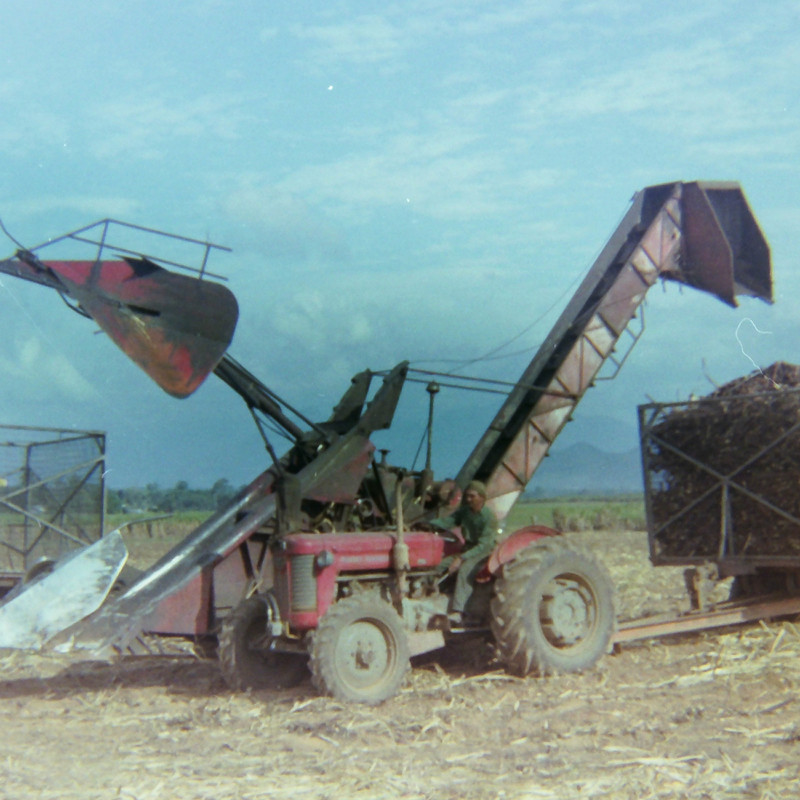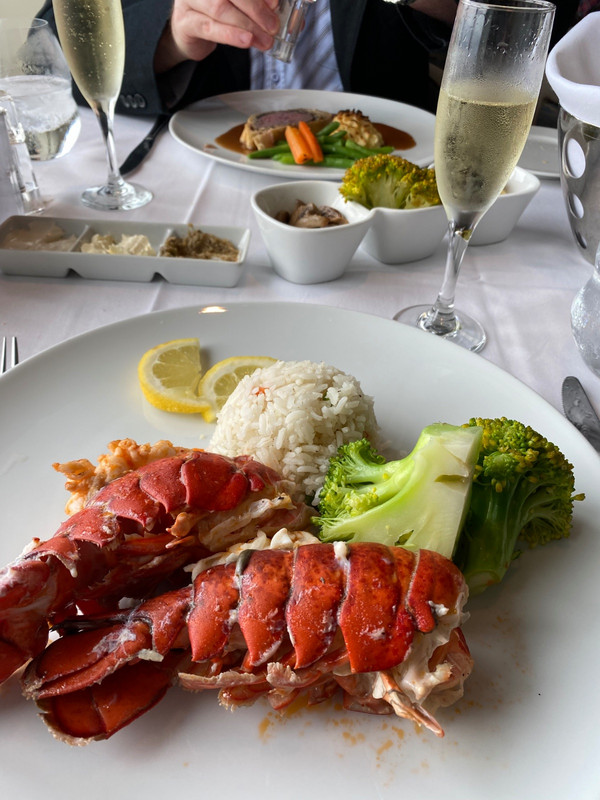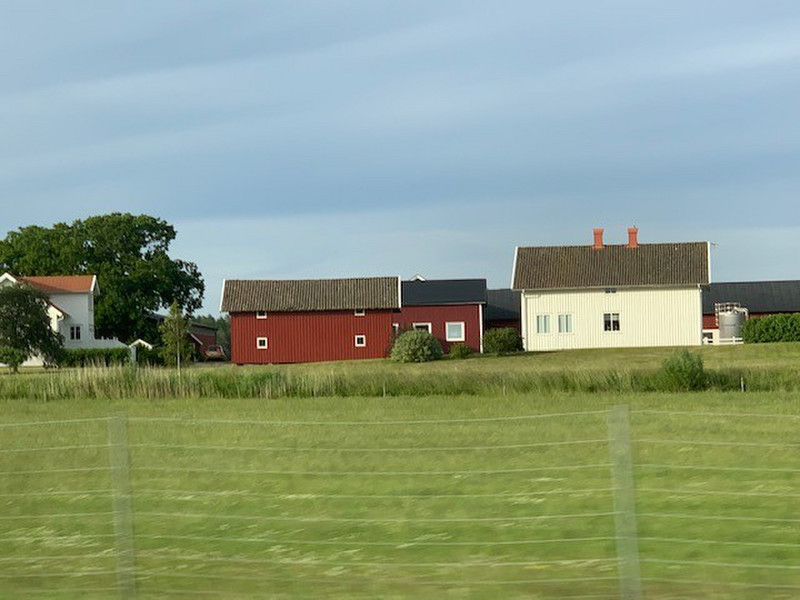I just signed up for a course on, what else, champagne. Why not? I always want to learn more about my favorite adult beverage. Speaking of, here is some interesting information from Winespeed: What is remuage? Toward the end of its long resting period sur lie, a bottle of Champagne must be rotated to loosen the expired yeasts that have accumulated during the second fermentation. Known as remuage in French or riddling in English, this process involves the gradual tilting of the bottle meanwhile rotating it in small increments to collect the yeast sediment in the neck of the bottle. Remuage is still sometimes done manually, using a shaking and twisting technique practiced over centuries by skilled cellar masters. A good remueur (bottle turner) can riddle roughly 40,000 bottles a day. Done manually, remuage takes four to six weeks. Automated remuage is now much using a machine called a gyropalette that can riddle 500
bottles at once. When remuage is finished, the bottles are (sur pointe) and ready to be disgorged.More champagne by the numbers:Can you believe there are 16,200 growers in Champagne. Small growers collectively own 90%!<(MISSING)/b> of all the vineyards in Champagne. Some produce their own wine, while others supply the largest Champagne houses. The average vineyard area a grower owns is 5.2 acres (2.1 hectares). There are only 360 Champagne houses in the entire region.Would you believe 0.3%!i(MISSING)s the maximum percentage of sugar allowed in Champagnes labeled Brut Nature? Less than 3 grams of sugar per liter (equal to 0.03%!)(MISSING) is allowed by law. But often a Brut Natures dosage is dosage zero — no sugar at all is added. This style is the driest and most austere of all Champagnes.Now for a really staggering number. Over 20.8 million bottles of Champagne were exported to the U.S. in 2020. The U.S. currently holds the # 2 spot among Champagnes top export destinations. The United Kingdom leads with 21.3 million
bottles imported last year. Japan ranks third with 10.8 million bottles. Love the Brits!What are crayeres? In order to have enough stone to construct the city of Reims in what was then Gaul, in the fourth century, the Romans dug three hundred immensely deep quarries in the chalky rock. These same vertical chalk pits, called crayres, are used today by the Champagne houses to age Champagne. They are miracles of construction that seem to defy physics, and descending into their eerily quiet, cold, dark, humid chambers is an otherworldly experience that no wine drinker should miss. Because the best chalk was often well underground, many crayres go down as far as 120 feet (37 meters). They are shaped like pyramids, so the deepest parts of the crayres are also the widest, and the tops of the pits are narrow (this limited air exposure in the quarry and kept the chalk moist and soft, and thus easier to cut into large construction blocks). During World War I, when Reims was extensively bombed, twenty thousand people lived for years in the dark crayres (no sunlight penetrates). Indeed, the crayres under Veuve Clicquot and Ruinart were makeshift hospitals, and under Pommery was a school.Bottom line? I may have to go back, someday soon.









